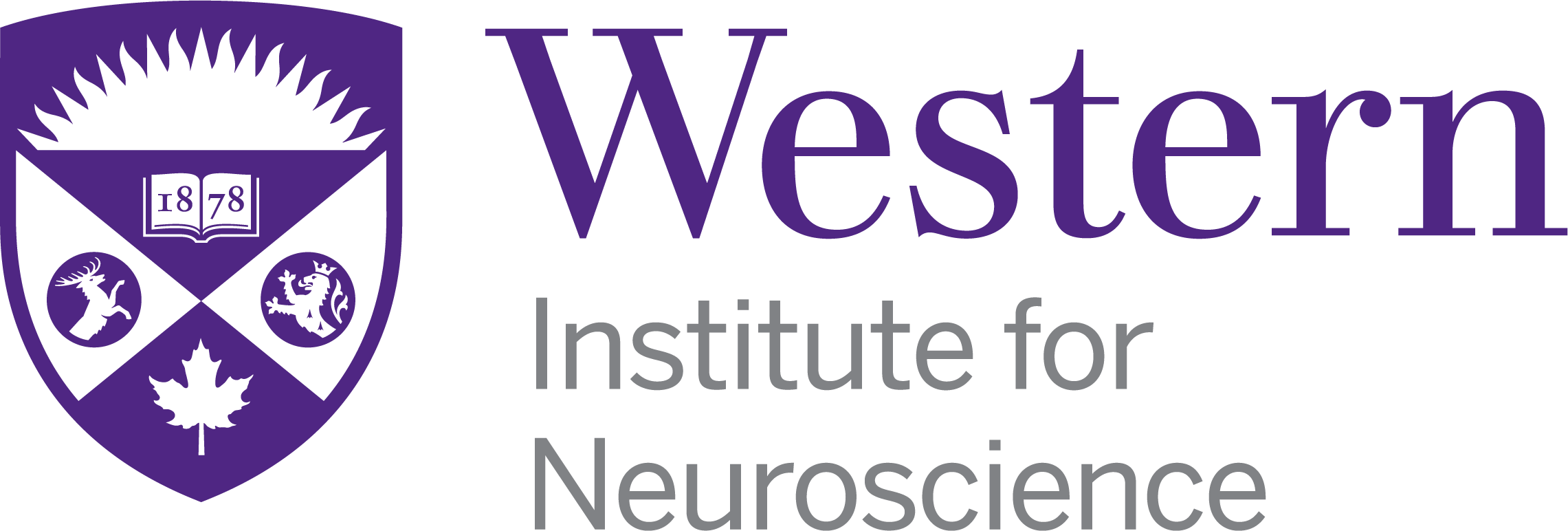Document Type
Article
Publication Date
2-1-2022
Journal
Journal of Neurology, Neurosurgery and Psychiatry
Volume
93
Issue
2
First Page
158
Last Page
168
URL with Digital Object Identifier
10.1136/jnnp-2021-326868
Abstract
Background Therapeutic trials are now underway in genetic forms of frontotemporal dementia (FTD) but clinical outcome measures are limited. The two most commonly used measures, the Clinical Dementia Rating (CDR)+National Alzheimer's Disease Coordinating Center (NACC) Frontotemporal Lobar Degeneration (FTLD) and the FTD Rating Scale (FRS), have yet to be compared in detail in the genetic forms of FTD. Methods The CDR+NACC FTLD and FRS were assessed cross-sectionally in 725 consecutively recruited participants from the Genetic FTD Initiative: 457 mutation carriers (77 microtubule-Associated protein tau (MAPT), 187 GRN, 193 C9orf72) and 268 family members without mutations (non-carrier control group). 231 mutation carriers (51 MAPT, 92 GRN, 88 C9orf72) and 145 non-carriers had available longitudinal data at a follow-up time point. Results Cross-sectionally, the mean FRS score was lower in all genetic groups compared with controls: GRN mutation carriers mean 83.4 (SD 27.0), MAPT mutation carriers 78.2 (28.8), C9orf72 mutation carriers 71.0 (34.0), controls 96.2 (7.7), p<0.001 for all comparisons, while the mean CDR+NACC FTLD Sum of Boxes was significantly higher in all genetic groups: GRN mutation carriers mean 2.6 (5.2), MAPT mutation carriers 3.2 (5.6), C9orf72 mutation carriers 4.2 (6.2), controls 0.2 (0.6), p<0.001 for all comparisons. Mean FRS score decreased and CDR+NACC FTLD Sum of Boxes increased with increasing disease severity within each individual genetic group. FRS and CDR+NACC FTLD Sum of Boxes scores were strongly negatively correlated across all mutation carriers (r s =-0.77, p<0.001) and within each genetic group (r s =-0.67 to-0.81, p<0.001 in each group). Nonetheless, discrepancies in disease staging were seen between the scales, and with each scale and clinician-judged symptomatic status. Longitudinally, annualised change in both FRS and CDR+NACC FTLD Sum of Boxes scores initially increased with disease severity level before decreasing in those with the most severe disease: controls-0.1 (6.0) for FRS,-0.1 (0.4) for CDR+NACC FTLD Sum of Boxes, asymptomatic mutation carriers-0.5 (8.2), 0.2 (0.9), prodromal disease-2.3 (9.9), 0.6 (2.7), mild disease-10.2 (18.6), 3.0 (4.1), moderate disease-9.6 (16.6), 4.4 (4.0), severe disease-2.7 (8.3), 1.7 (3.3). Sample sizes were calculated for a trial of prodromal mutation carriers: over 180 participants per arm would be needed to detect a moderate sized effect (30%) for both outcome measures, with sample sizes lower for the FRS. Conclusions Both the FRS and CDR+NACC FTLD measure disease severity in genetic FTD mutation carriers throughout the timeline of their disease, although the FRS may be preferable as an outcome measure. However, neither address a number of key symptoms in the FTD spectrum, for example, motor and neuropsychiatric deficits, which future scales will need to incorporate.

- Citations
- Citation Indexes: 7
- Policy Citations: 1
- Usage
- Downloads: 21
- Captures
- Readers: 35
- Mentions
- News Mentions: 1


